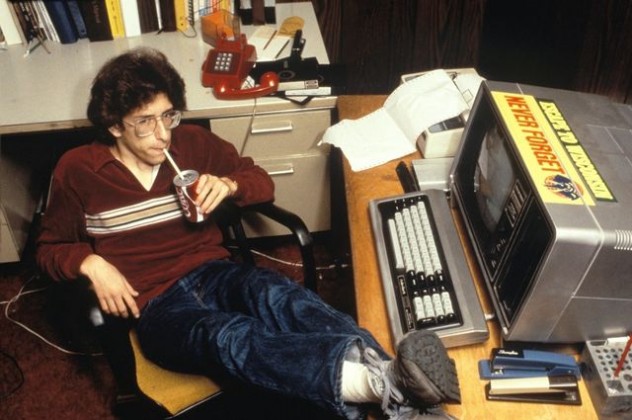(This article was co-written along with Shawn Aldridge.)
The story starts in the 1960s. Kind of. The age of computers, at least as we know them, is in its infancy. Over at MIT, “hacks” are actually a good thing. They’re just shortcuts that programmers use.
It isn’t really until 1971 that things take a turn. A man named John Draper discovers that by reproducing a 2600-hertz tone with a toy whistle from a box of Cap’n Crunch cereal, he can make free long-distance phone calls. This gives birth to the field of phone hacking, later known as “phreaking” and earns him the nickname “Captain Crunch.” The golden age of piracy begins. Not really. Draper is arrested numerous times over the next few years. But his discovery does kick off a proverbial gold rush of activity. Even young Steve Jobs and Steve Wozniak (future founders of Apple) create “blue boxes” which replicate these tones.
The hacking phenomenon grows even more in the 80s with hacker groups like the European Chaos Computer Club and U.S.’s Legion of Doom (led by a hacker known as Lex Luthor) being formed. By 1983, hacking has entered the mainstream public consciousness, and the movie WarGames — starring Matthew Broderick as a hacker who inadvertently almost starts World War III — is released. By the mid-80s, congress passes the Comprehensive Crime Control Act, the Computer Fraud and Abuse Act and the Electronic Communications Privacy Act, criminalizing various types of computer fraud and giving jurisdiction of those crimes over to the federal government.
Following an attack on AT&T’s long-distance service in the early 90s, there is a nationwide crackdown on hackers in the U.S. led by the US Secret Service known as “Operation Sundevil” and many prominent hackers are arrested. Despite these troubles, 1993 sees the very first DEF CON, an annual hacking conference in Las Vegas (the same year 1993’s Jurassic Park shows off a very… odd depiction of hacking). One year later, a ring of Russian hackers led by Vladimir Levin steals $10 million from Citibank. Levin is arrested a year later and sentenced to three years in prison.
By this point, hacking has clearly become synonymous with criminal activity. This isn’t helped by the fact that hackers have defaced websites for the CIA, NASA, Department of Justice, Air Force and Defense Department. Popular services like Yahoo! and AOL are not safe, either. An anti-hacker ad even premieres during the 1998 Super Bowl.

Michael Calce (Photo: Postmedia News)
The 2000s do little to improve this reputation. The ILOVEYOU worm infects millions of computers in a matter of hours, causing $10 million in damage. The following year, Michael Calce succeeds in bringing down Yahoo!, CNN, Amazon, eBay, and Dell.com with his “Rivolta” DDoS system. Meanwhile, Gary McKinnon (aka Solo) hacks over 90 U.S. government computers, allegedly deleting files and damaging operations. 2006 brings about the formation of WikiLeaks — an organization that continues to have a major impact on journalism. And 2007 sees George ‘geohot’ Hotz carrier unlock an iPhone. Three years later, he hacks the PS3, prompting a retaliatory lawsuit from Sony. One year after that, in 2011, LulzSec, a hacker group, launches a series of attacks on Sony’s PlayStation Network, stealing the information of 77 million users — one of the top five largest data breaches in history. In 2013, discount retailer Target suffers a security breach when hackers target their point-of-sale system, which compromises 40 million credit cards, possibly affecting more than 100 million people. Cue ominous music.
TL;DR: Hacking has been around for a long time and is becoming increasingly more important in our age of “cyber security.” Above, you will see a list of names and events. Mostly, these are negative. But that doesn’t mean that hacking is inherently bad. Hackers point out the holes in our security and release information (positively or negatively) that people don’t want to be seen. Just like anything else, hacking can be a force for good or evil. In an increasingly more digital world, the revolution will be computerized.
(The text of this article first appeared in Loot Crate Magazine, December 2016)



